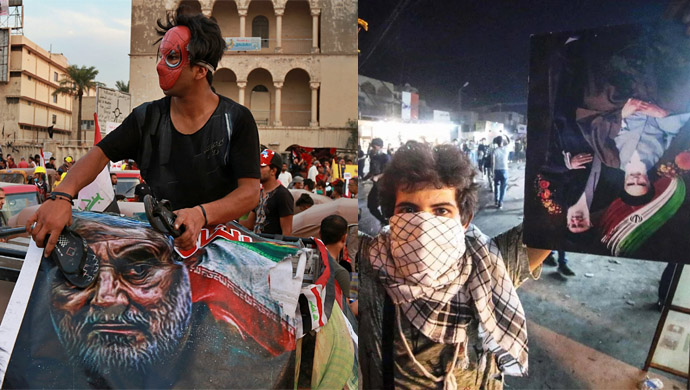In 2003, Maryam Rajavi, the President-elect of the National Council of Resistance of Iran (NCRI), warned that the terrorist threats of Iran’s regime are a hundred times more dangerous than its nuclear program. This was a significant warning, especially since it came from the head of the movement that first revealed Tehran’s nuclear weapons program.
However, Western states, which at the time were heavily engaged in trying to curb the regime’s nuclear program through offering concessions, did not heed that warning. Rapprochement and appeasement, the West’s dominant policy toward Iran’s regime, resulted in politicians and governments turning a blind eye to the Iranian regime’s multitude of threats, especially its terrorist and fundamentalist ambitions. The price of this failed policy was paid by the people of Iran and the region, whose lives sank into violence, strife, and poverty as world powers allowed Tehran to squander Iran’s wealth and resources to spread terrorism across the Middle East.
Nearly two decades later, it has become a known and undeniable fact that terrorism is among the main threats coming from Tehran. And this stark reality is forcing its way into statements, policies, and social movements.
In its latest report, the Pentagon confirmed that Iran-backed militia groups pose the biggest threat to U.S. forces in the region. At the same time, efforts to revive the 2015 nuclear deal with Tehran are facing pushback by many politicians and lawmakers who are correctly pointing out that any agreement with the Iranian regime must also take into account its terrorist ambitions, ballistic missile program, and human rights violations.
But more importantly, the people in the Middle East, who have felt Tehran’s terrorism with their flesh and bones in the past decades, are showing that they will no longer tolerate the Iranian regime’s intervention in their countries.
In Iraq, especially after the elimination of Tehran’s terror mastermind Qassem Soleimani, the regime has been facing a growing tide of resistance against its violent and destructive meddling. In the past few years, the common denominator of vast social protests across Iraq has been the torching of the posters of Soleimani, regime supreme leader Ali Khamenei, and regime founder Ruhollah Khomeini. In their protests, the people of Iraq are calling for the ouster of Iran’s regime from their country. The hatred toward Iran’s regime became even more evident in Iraq’s recent elections, in which the regime’s allies and cronies were the main losers. The efforts of Esmail Qaani, the new commander of the Revolutionary Guards Quds Force, to force Iranian regime loyalists into Iraqi politics have so far proven futile.
In Lebanon too, public protests are constantly accompanied by chants calling for the ouster of the regime, and the Iran-back Hezbollah is becoming more despised with every passing day. Hatred toward Iran’s regime is also evident in the streets of Rafah, Palestine, where the people torched photos of Khomeini and Soleimani and Hezbollah Leader Hassan Nasrollah in January.
Meanwhile, the regime is also faced with a growing resolve among the nations of the region, which are fully aware of both its nuclear and terrorist threats. This unified approach is manifested in the military setbacks that the regime and its allies have suffered in Syria and Yemen.
All these developments are happening against the background of parallel events inside Iran, where the regime is becoming increasingly desperate in face of public outrage, growing chants for regime change, and the organized activities of the Iranian Resistance Units, who are keeping the flame of hope and rebellion against tyranny alit every day and in every city.





